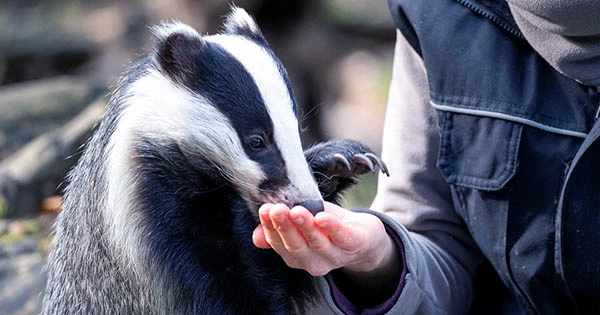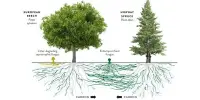According to experts, a tenacious badger appears to have unearthed a cache of over 200 Roman-era coins in Northwestern Spain. The find is the largest collection of such coins ever recovered in northern Spain, indicating that the unlikely archaeologist has proven himself. The “unique find” discovered in April 2021 and published in the Journal of Prehistory and Archaeology. The coins discovered in the badger’s sett and in the nearby La Cuesta cave in the Asturias region of northern Spain between the 3rd and 5th centuries CE.
The badger thought to have discovered the 209 coins while searching for sustenance during a particularly severe winter. Snowstorm Filomena dumped a record quantity of snow on Spain in January 2021. Animals were forced to get creative when it came to finding food in the absence of their regular worms, insects, and berries – and it appears that one unfortunate badger went seeking for a tasty feast in a nearby cave, only to come with some much less tasty metal disks.
The badger’s hunt may have been fruitless, but it was not for two archaeologists and one local homeowner who eventually discovered the badger’s discarded treasure. “We found the coins, with more pieces within, on the surface of the cave… in the sand presumably extracted by a badger, at the foot of its tunnel,” they wrote in the article.
The coins are “mostly from the north and the eastern Mediterranean, creating a line from Antioch, Constantinople [modern-day Istanbul, Turkey], and Thessaloniki.” One coin, on the other hand, appears to have originated in London. These 209 coins, according to the authors, were formerly part of a larger set that has since vanished. The authors think that they were transferred – perhaps even buried – into the cave in northern Spain “during times of instability for fear of theft or attacks.”
They further speculate that such caverns could have operated as an ancient bank account, with people depositing and withdrawing money. The Suebians — Germanic people from what is now Germany and the Czech Republic – conquered the western part of Asturias in the 5th century, which could explain the “political instability” that would prompt someone to hide their money in a cave. “However, the quantity of coins found, as well as the unquestionable archaeological interest of the transition to the early medieval era,” the authors conclude, “make the treasure unearthed at Berció a remarkable find.”
















